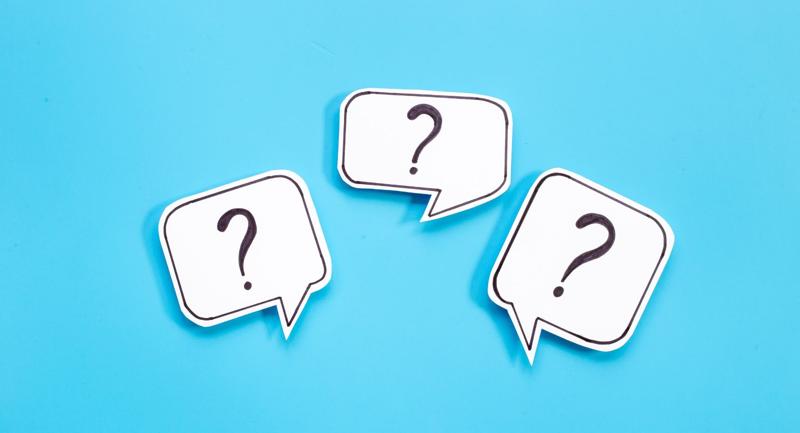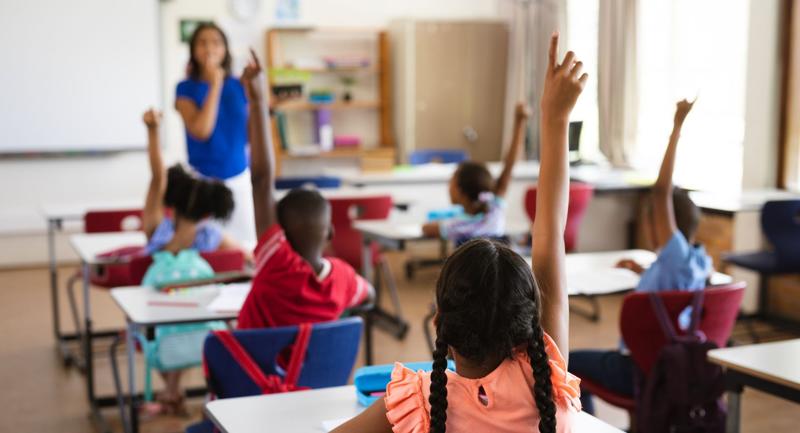A Conversation with Author Susan M. Brookhart
Q: In what way is feedback an important component of the formative assessment process?
A: Feedback is the glue that holds the whole formative assessment process together. The process is about starting with a clear idea of the learning goal and what good work looks like, comparing current work to that, and taking steps to move closer to that goal. Feedback sounds like it would be that middle component—comparing current work to the goal—but, in reality, it links all three components. Good feedback helps the student compare current work to the goal in light of those criteria for good work, and good feedback helps the student figure out how to move closer to the goal. And, most importantly, teacher feedback is only good insofar as it helps the student understand the possibilities for improvement. It supports students' involvement in their own learning.
Q: How much feedback is too much?
A: Too little feedback leaves students wondering what you thought of their work, and too much leaves them with that "eyes-glazed-over" feeling. So, one way to check on your feedback is to check for students' understanding. Don't just say, "Do you see what I mean?" They'll say, "Yes," of course. Really check. For example, [ask your students] "What is the most important thing you're going to do next?" Another way to check on your feedback is to observe its results. Is the next work better in the intended ways?
It's also a good idea to have a plan or routine, based on the amount of feedback you have found is most often appropriate for your students. For example, you might decide that on every paper you'll note at least one strong quality and one suggestion for improvement. You can vary your basic plan for different students' needs, but at least you start with a plan.
Q: You say an example of bad feedback is writing "voluminous comments" on poor-quality papers and almost nothing on good-quality papers. What type of feedback would be useful on good-quality papers?
A: Good students, like any students, want their teachers to notice their good work. Not commenting on good-quality papers is a huge missed opportunity. If good feedback helps the student compare current work to the goal (referred to as "description") and helps the student figure out how to move closer to the goal (referred to as "suggestions for improvement")—what do you do when the student has already met the goal? The "description" part stays the same; at minimum, select one or several features of the student's work that has clearly met the criteria and tell why.
The "suggestions for improvement" part becomes suggestions for expansion or enrichment of student understanding. Enrichment can take at least two forms: expanding understanding into related content or expanding skill in the same content beyond the expectations built into the rubric or performance criteria. Here's an example of feedback intended to expand understanding into related content: "This report about prisms shows you really understand how prisms refract light. Did you know that some prisms also reflect light, like in binoculars? See what you can find out about prisms that reflect light, and you can share it with your group." And here's an example of feedback intended to expand expectations beyond current expected performance levels: "This report about prisms shows you really understand how prisms refract light. In your next report, see if you can find a picture or graph to illustrate every point in your report."
And finally, don't forget that even students who have met goals should engage in further goal-setting. Ask them what they would like to aim for next, perhaps giving some suggestions in both categories: expanding content or pushing performance standards. Have them state their next goal and describe how they'll get there.
Q: How can teachers convey to all students that they are "agents, active learners, the captains of their own ship of learning"?
A: Every student, no matter what the age or developmental level, is an active learner. There is no such thing as "passive learning." So [teachers need] to believe that. Don't fall into the trap of trying to "help" by giving passive prescriptions to poor students and assuming active participation only for good students. Either a student is captain of his or her own ship of learning—or there is no ship, no learning. Treat all students as if this were true, because it is.








